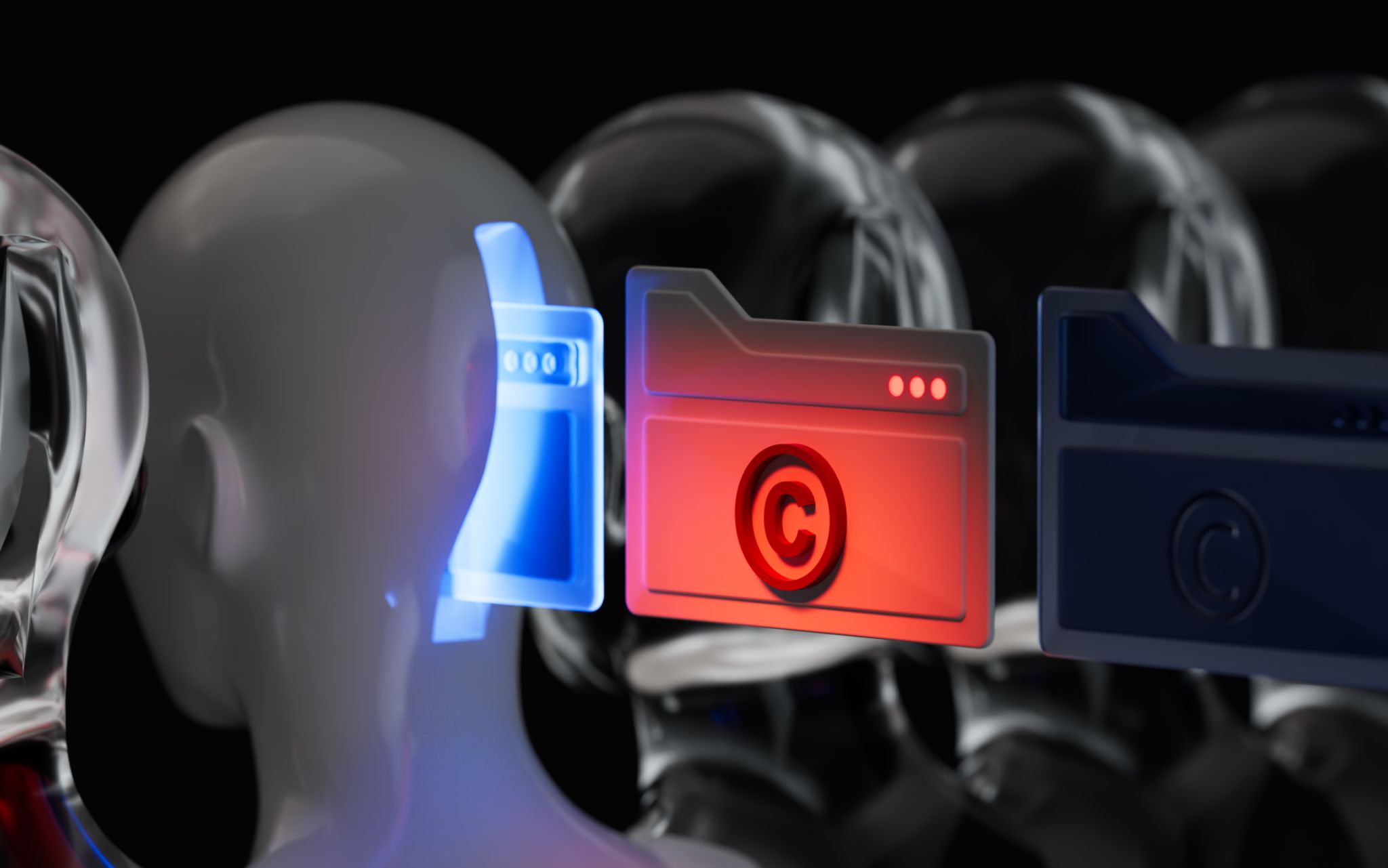Expert Insights: Common Misconceptions About Intellectual Property
Understanding Intellectual Property
Intellectual property (IP) is a term that often gets thrown around in business and creative circles, yet it is frequently misunderstood. At its core, IP refers to creations of the mind, such as inventions, literary and artistic works, designs, symbols, names, and images used in commerce. Despite its importance, there are several common misconceptions that can lead to mismanagement or undervaluation of these assets.

Misconception 1: Intellectual Property Is Only for Big Businesses
One of the most prevalent myths is that intellectual property rights are only relevant to large corporations. In reality, IP is crucial for businesses of all sizes. Small businesses and startups can significantly benefit from protecting their innovations and branding. Securing IP rights can provide a competitive edge, attract investors, and even generate additional revenue streams through licensing.
For entrepreneurs and small business owners, understanding and leveraging IP can be a game-changer. It ensures that their unique products, services, and ideas remain theirs and are not exploited by others without consent.
Misconception 2: Copyrights and Patents Are the Same
Another common confusion arises between copyrights and patents. While both are forms of intellectual property protection, they serve different purposes and apply to different types of creations. A copyright protects the expression of ideas, such as books, music, and films. It does not cover the idea itself but rather the way it is presented.
Patents, on the other hand, protect inventions or processes that provide a new way of doing something or offer a new technical solution to a problem. Understanding the distinction between these two types of protection is essential for creators to secure their work appropriately.

Misconception 3: Trademarks Are Only About Logos
Trademarks often get associated solely with logos, but they encompass much more. A trademark can be any sign capable of distinguishing the goods or services of one enterprise from those of other enterprises. This includes words, phrases, symbols, sounds, or even colors that are used to identify and differentiate products in the marketplace.
For example, the unique shape of a product or its distinctive packaging can be trademarked. Businesses should consider registering trademarks for various elements of their brand identity to ensure comprehensive protection.
Misconception 4: Ideas Can Be Protected by IP
A widespread misunderstanding is the belief that mere ideas can be protected by intellectual property rights. IP laws do not protect ideas themselves but rather their tangible expression or implementation. To secure protection, an idea must be developed into a concrete form, such as a written manuscript or a prototype.

This misconception can lead to missed opportunities for protection if businesses or individuals wait too long to formally express their ideas. It's crucial to move from abstract concepts to practical applications to benefit from IP protections.
The Importance of Educating Yourself on IP
Understanding these common misconceptions about intellectual property is vital for anyone involved in creating or managing creative assets. Properly leveraging IP rights can enhance business value and prevent costly legal disputes down the line.
By educating yourself on the nuances of IP law and seeking professional guidance when necessary, you can ensure that your intellectual assets are protected and effectively utilized. Remember, intellectual property is not just for big businesses—it's an essential tool for anyone looking to innovate and succeed in today's competitive landscape.
